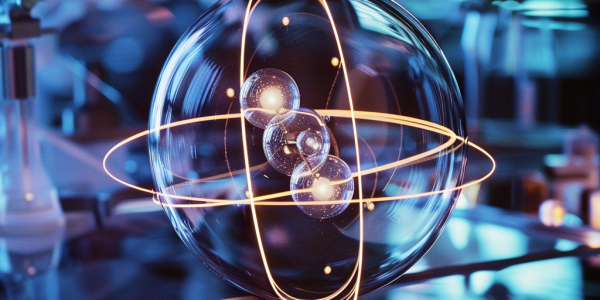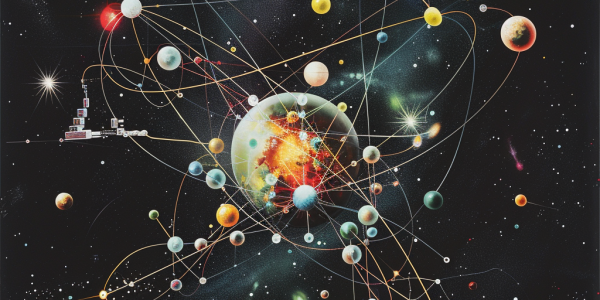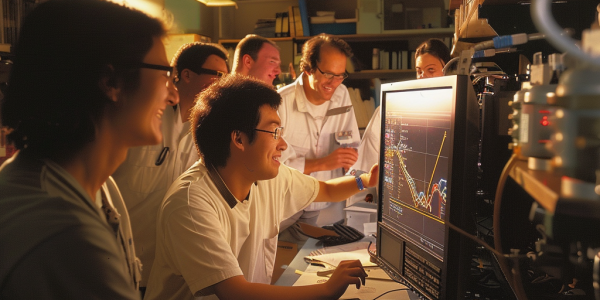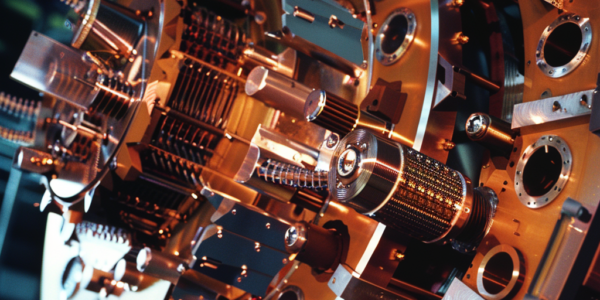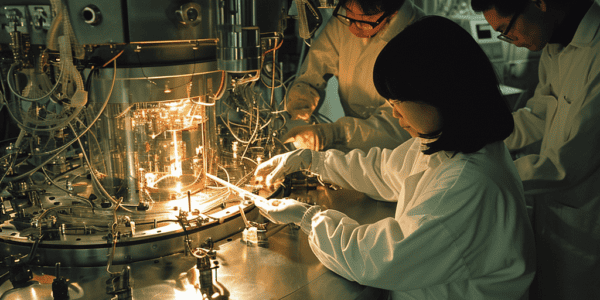Nuclear Clocks: A New Era in Precision Timekeeping
Nuclear clocks, a groundbreaking advancement in timekeeping, promise to exceed the accuracy of traditional atomic clocks by tenfold. This innovation could revolutionize GPS navigation and space exploration, offering unprecedented precision by measuring time based on atomic nuclei energy levels. As research progresses, nuclear clocks may redefine standards across various fields, impacting everything from telecommunications to fundamental physics.
Breakthrough Study Reveals Insights into Nuclear Structure of Superheavy Elements
An international research team from the University of Liverpool has made significant strides in understanding the nuclear structure of superheavy elements fermium and nobelium. Published in the journal Nature, this groundbreaking study utilizes advanced laser spectroscopy to explore the behavior of heavy isotopes, revealing crucial insights into the atomic nucleus. The findings suggest a shift in the fundamental nature of matter, with implications for nuclear physics and materials science.
Breakthrough in Nuclear Fission Research Reveals Insights on Neck Rupture Phenomenon
Recent research by the University of Washington and Los Alamos National Laboratory has advanced our understanding of nuclear fission, specifically the neck rupture phenomenon. Utilizing the Summit supercomputer, the team conducted the first fully microscopic simulation of this process, offering new insights into the dynamics of fission and the role of scission neutrons. Published in Physical Review Letters, these findings challenge existing theories and highlight the importance of computational physics in exploring nuclear processes, with implications for nuclear medicine and energy generation.
Breakthrough in Nuclear Physics: Thorium-229 Nucleus Detected, Paving Way for ‘Nuclear Clock’
A groundbreaking discovery at JILA in Boulder, Colorado, has led to the successful detection of a signal from the thorium-229 nucleus, marking the dawn of the ‘nuclear clock.’ This unprecedented achievement in nuclear physics, celebrated by the research team, promises to unravel fundamental constants and reshape our understanding of time and the universe. With extraordinary precision, this measurement opens new avenues for exploring the stability of physical laws, heralding an exciting era in scientific exploration.
Breakthrough in Nuclear Physics: Excitation of Thorium Transition Achieved with Lasers
Physicists have achieved a significant breakthrough in nuclear physics by successfully exciting the ‘thorium transition’ using lasers. This milestone opens doors to revolutionary high precision technologies like nuclear clocks, potentially reshaping time measurement. The ability to manipulate this state could lead to advancements surpassing current atomic clocks, offering insights into fundamental physics questions. This achievement, published in ‘Physical Review Letters’, bridges classical quantum physics and nuclear physics, showcasing the potential of laser techniques in manipulating atomic nuclei.
Colossal Magnetic Field Detected in Nuclear Matter
Researchers have observed the interaction between a state of matter known as a quark–gluon plasma (QGP) and a magnetic field 1000 times the strength of those on neutron stars. This observation is a step toward a better understanding of the strong nuclear force and puts limits on the possible value of the QGP’s electrical conductivity, informing models of the early Universe.
Scientists Synthesize Five New Isotopes at Michigan State University
Researchers at Michigan State University have synthesized five new isotopes, including Thulium-182 and ytterbium-187, which could revolutionize our understanding of the universe. The creation of these isotopes marks a significant milestone in the study of neutron star collisions and the formation of heavy elements like gold and silver, bringing scientists one step closer to unraveling the mysteries of these cosmic events.
Exploring the Quest for the Limit of the Periodic Table
Discover the latest review exploring the quest for the limit of the periodic table and the characteristics of the so-called island of enhanced stability. Learn about the visualizations of an island of stability of superheavy nuclei and the major challenges in theoretical and experimental chemistry and physics.
New Method for Studying Atomic Nuclei Shapes and Building Blocks Developed by Scientists
Scientists have developed a new method for studying the shapes of atomic nuclei and their internal building blocks. This innovative approach relies on modeling the production of specific particles from high-energy collisions of electrons with nuclear targets, which will occur…
Researchers Investigate Tetraneutron Emission in Nuclear Reactor Study
This week, researchers from the Tokyo Institute of Technology have delved into the investigation of tetraneutron emission, a phenomenon that has long been debated within the scientific community. Tetraneutron, an elusive atomic nucleus consisting of four neutrons, has sparked curiosity…

